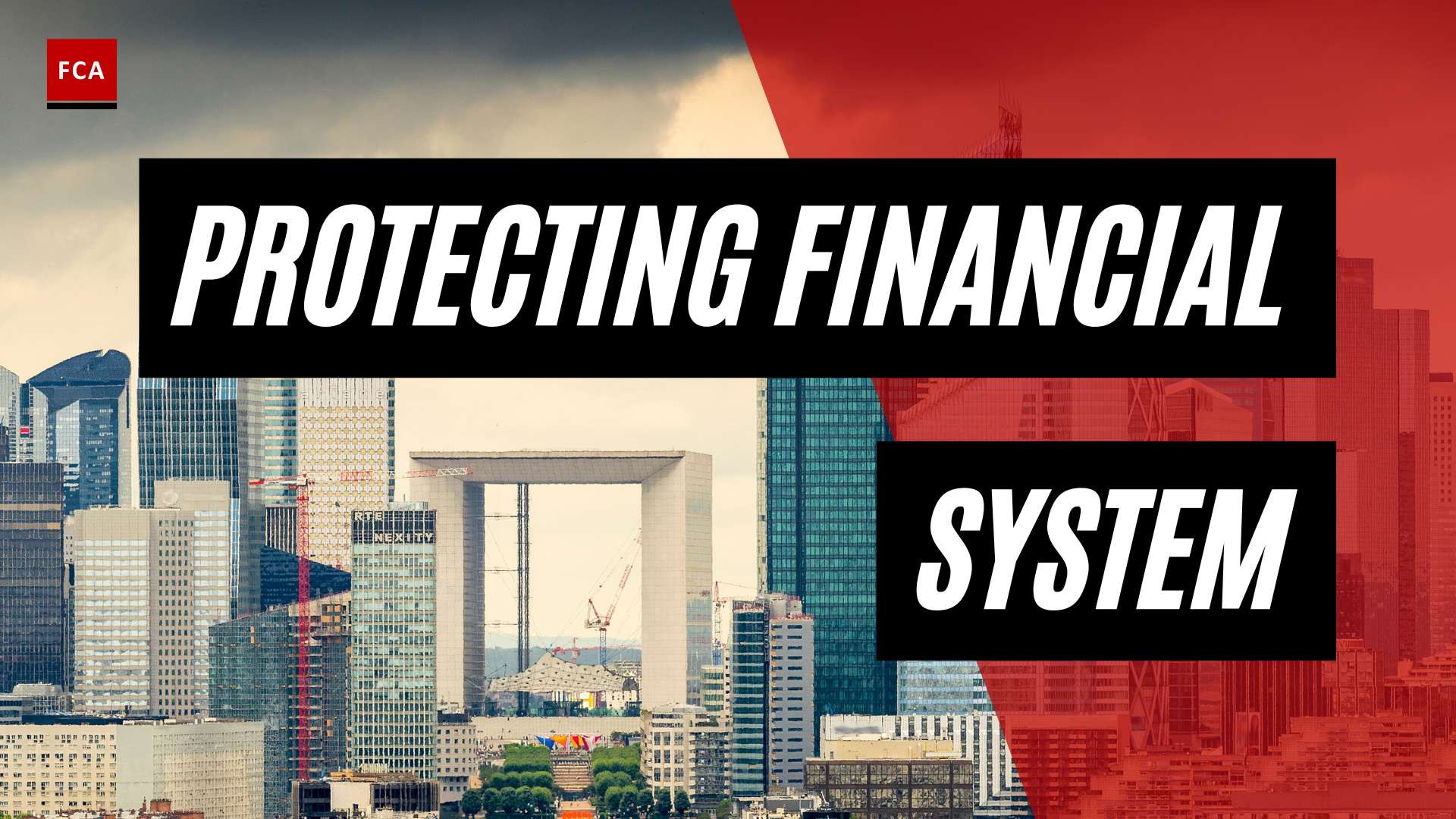Identifying vulnerable business sectors is crucial in proactively addressing the risks associated with trade-based money laundering and trade-based terrorist financing. The types of businesses at risk of trade-based money laundering (TBML) exploitation are varied, and various small and medium-sized companies are previously identified in different TBML schemes.
The investigations involved large multinational companies as well, where through the overseas branches or subsidiaries the trading relationships were developed in distributing goods into the newer markets.

Identifying Vulnerable Business Sectors: Trade-Based Money Laundering Risks
Some specific business indicators include:
• Rapid growth of newly formed companies into existing markets
• Evidence of consistent and significant cash payments, including those directed towards previously unknown third parties. These businesses may also receive unexplained third-party payments
• Unnecessarily complicated and complex supply chains, involving multiple transshipments
• Previously established companies specializing in one sector that unexpectedly pivot into an entirely unrelated sector. One example provided noted an IT company quickly established a foothold in the acquisition and distribution of bulk pharmaceuticals
• Companies simultaneously involved in more than one unrelated sector
When a company meets one or more of the above risk indicators it does not mean it is being used in a TBML scheme. Further analysis is recommended to offset the risk of false positives, for example, general trading companies that trade in a multitude of commodities.
Shell and front companies:
The exploitation of shell and front companies has become a key feature of many different types of money laundering activity, as well as facilitating a significant number of predicate offenses.
There is a significant intersection between TBML/TF schemes and the exploitation of shell or front companies, they do not feature in all TBML/TF schemes, particularly those involving the exploitation of legitimate supply chains. The money launderers and terrorist financiers do construct their TBML schemes around the shell companies, or involve them in the financial settlement process, to hide the identity of ultimate beneficial owners, to maximum effect.
The front companies offer convenient opportunities to integrate physical cash into a business and then exploit its banking relationships to move the cash across jurisdictions.
Final Thoughts
Addressing the risks associated with trade-based money laundering (TBML) and trade-based terrorist financing requires a proactive approach that involves identifying vulnerable business sectors. By recognizing indicators such as rapid growth, significant cash payments to unknown parties, complex supply chains, and unexpected shifts in sector focus, we can better pinpoint businesses at risk of exploitation.
Additionally, understanding the role of shell and front companies in facilitating money laundering activities is crucial. By implementing effective measures and conducting thorough analysis, we can enhance our ability to detect and disrupt these illicit schemes, safeguarding the integrity of global trade and financial systems.









